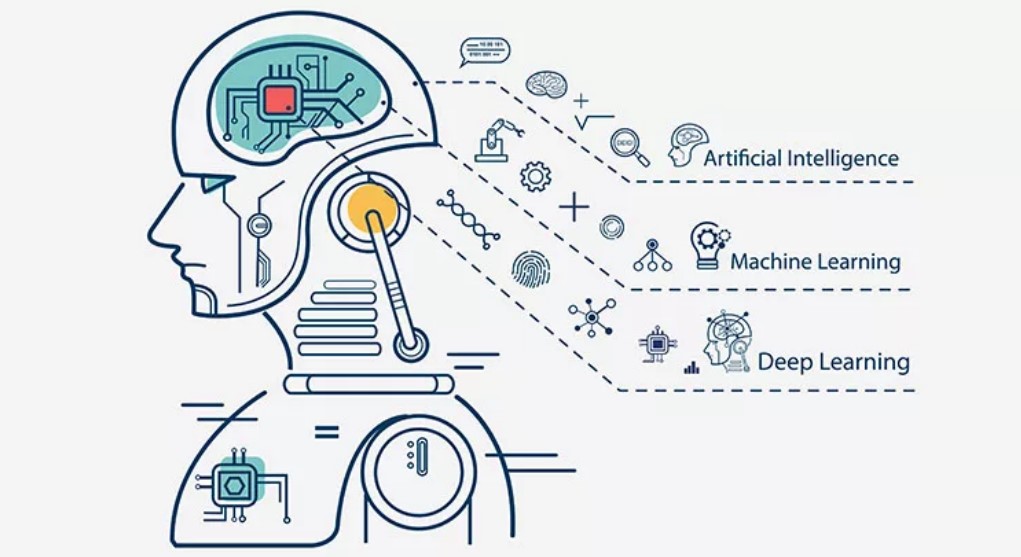With the rapid development of artificial intelligence (AI) technology, the energy demand and environmental impact it brings are gradually becoming a topic of global concern. AI is changing our lives and industries at an unprecedented rate, from speech recognition to autonomous driving to the widespread application of deep learning models. However, behind these technologies is the huge demand for computing power and the enormous pressure on energy consumption. Clean energy is a key part of this challenge. So, can clean energy effectively respond to this AI boom?
The energy needs of artificial intelligence
The development of AI technology, especially deep learning and large-scale data analysis, has an extremely huge demand for computing resources. Training a large natural language processing model like GPT-4 typically requires thousands of graphics processing units (GPUs) or tensor processing units (TPUs), which consume a lot of power. It is estimated that training just one large AI model can consume millions of kilowatt-hours of electricity. This not only puts new demands on energy supply, but also increases the pressure on global carbon emissions.
The energy demand for AI is expected to continue to soar as more businesses apply AI technology to various industries, from automated factories to smart cities. Data centers have become the core of AI computing, but the heat and energy consumption generated during their operation have also become more and more serious. To avoid high energy costs and a huge carbon footprint, clean energy is seen as part of the solution.
The rise of clean energy
Clean energy sources such as wind, solar, and hydroelectric power have made significant progress over the past decade. They provide a sustainable electricity supply that effectively reduces dependence on traditional fossil fuels. At present, many major technology companies around the world, especially those that rely on data centers and AI computing, such as Google, Microsoft, Amazon, etc., have invested heavily in building green data centers and using renewable energy to power them. In 2017, Google achieved its goal of using 100% clean energy, showing that large-scale data computing can also coexist with environmental goals.
However, despite the promising application of clean energy in the AI industry, there are still some challenges that cannot be ignored.

Figure: Can clean energy cope with the AI boom?
Challenge: Intermittent and stability issues
The main challenge of clean energy is its intermittent and geographical dependence. For example, solar power can only work in sunlight conditions, while wind power relies on changes in wind speed. This means that the supply of clean energy is not consistent, and it is difficult to ensure the 24-hour uninterrupted power supply required for AI training tasks. AI computing, especially the training of deep learning models, is usually a long-term and continuous process, which requires extremely high stability of power supply.
To compensate for this shortcoming, energy storage technology is key. By using energy storage technologies such as lithium batteries and pumped hydro, companies can store electricity when there is a surplus of energy and replenish it when it is insufficient. However, the current energy storage technology is not yet fully mature, and how to improve the efficiency of energy storage and distribution is still one of the future technology research and development directions.
The potential of clean energy and the power of AI
Despite the challenges of clean energy, its potential cannot be underestimated. First, technological advances are gradually improving the efficiency of clean energy generation. The rise of next-generation photovoltaic cells, wind turbines and hydrogen technology offers even more possibilities. In addition, the application of smart grids makes energy distribution more intelligent, helping to balance the imbalance between supply and demand.
Interestingly, AI itself can also contribute to the optimization of clean energy. AI can maximize the use of clean energy by analyzing weather data, forecasting energy demand, and optimizing power generation and storage processes. For example, AI can predict power demand at different time periods, helping the grid allocate energy appropriately and reduce unnecessary waste. At the same time, AI can improve the accuracy of wind and solar power generation, and adjust the operating parameters of equipment through intelligent algorithms to improve power generation efficiency.
Prospects
In the future, with the further advancement of clean energy technology and the popularization of AI optimization tools, AI and clean energy will form a virtuous circle. AI-driven innovation will drive the further development of clean energy, which in turn can effectively support the sustainable growth of the AI industry.
From a global perspective, many countries and companies are actively investing in the research and development of green technologies, hoping to use AI technology to improve production efficiency while reducing emissions. The convergence of AI and clean energy is not only a critical step in the energy transition, but may also provide an effective solution to combat climate change.
All in all, clean energy has played an important role in tackling the AI boom, and despite the challenges, its huge potential and future prospects are exciting. Through continuous innovation and technological breakthroughs, we have reason to believe that clean energy will provide strong support for the rapid development of AI and contribute to global sustainable development.






